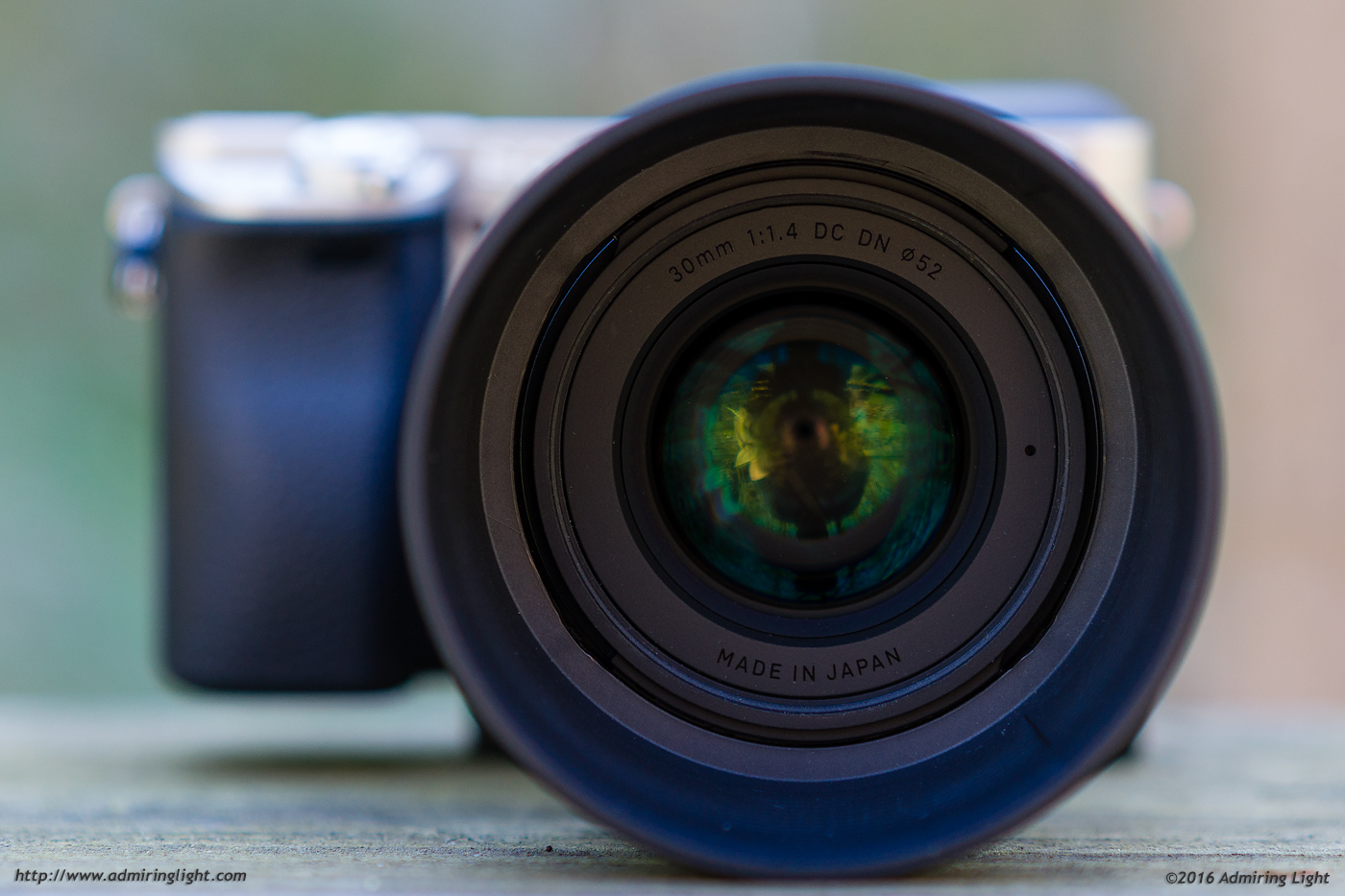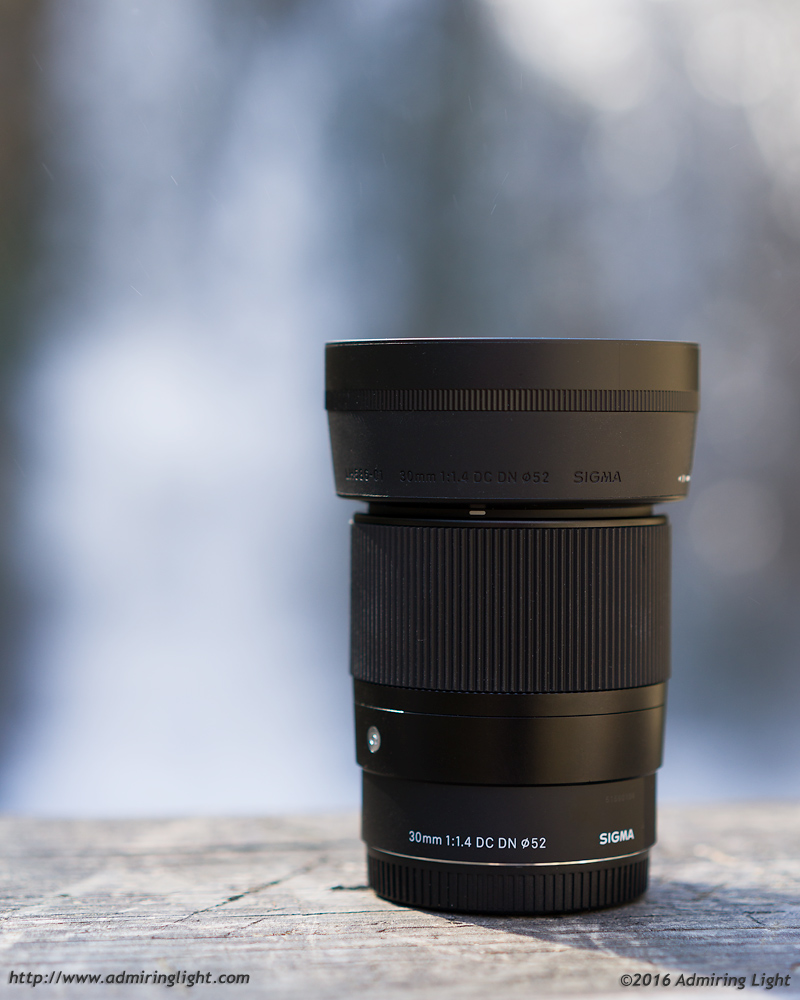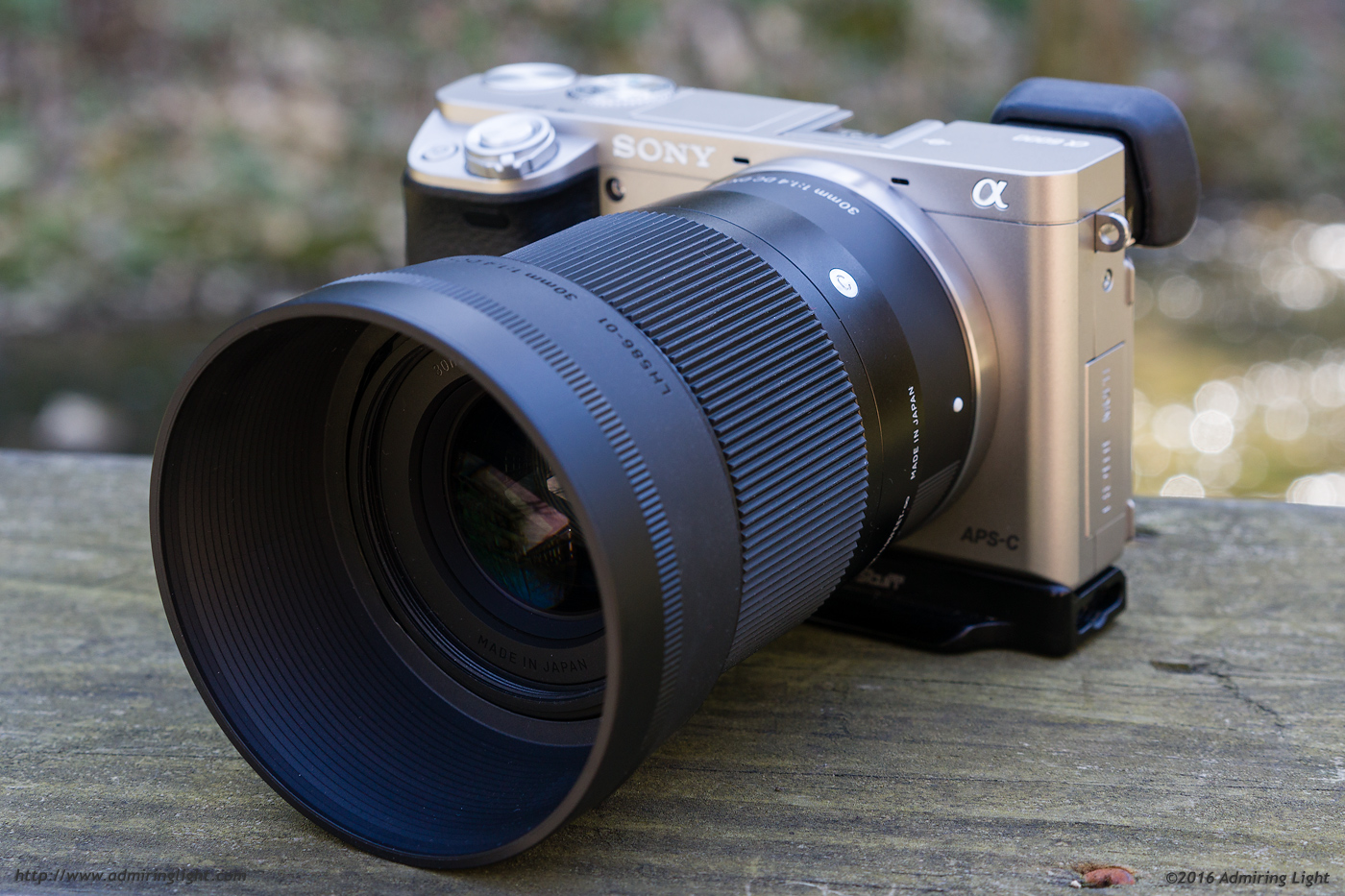Contents
A few years back, Sigma made some waves with the release of three very affordable, but moderate aperture prime lenses for mirrorless cameras. The Sigma 19mm f/2.8, 30mm f/2.8 and 60mm f/2.8 are still among the very best values in the mirrorless world, providing very high quality optics at a fraction of the price of most lenses. Now, Sigma has released a fast lens to complement those f/2.8 optics with the new Sigma 30mm f/1.4 DC DN. In an odd twist, the 30mm f/1.4 is from Sigma’s lower cost ‘Contemporary’ line of lenses, rather than the higher end ‘Art’ line; a line that the cheaper f/2.8 optics were part of. Does this signal lower performance, or will this fast lens become the go-to normal prime for Sony APS-C and Micro 4/3 shooters. I’ve been shooting with the 30mm f/1.4 for Sony E-mount for the past week, so let’s find out.

If you’re not familiar with my reviews, I review from a real world shooting perspective. You won’t find lens charts or resolution numbers here. There are plenty of other sites that cover those. I review products on how they act for me as a photographic tool.
Construction and Handling
Despite the Contemporary badge that signals Sigma’s consumer line of lenses, the 30mm f/1.4 is a very solidly constructed lens. It’s built of a mix of metals and high quality plastics that are very tightly assembled. There is no flimsiness whatsoever, and the whole package feels great. The lens is a bit longer than the average normal prime lens, and is similar in overall size to the Sony Zeiss FE 55mm f/1.8. The lens has only one control: a broad rubberized focus ring that spins smoothly, though without much damping.

The Sigma 30mm f/1.4 comes with a plastic lens hood that mounts on the front hood bayonet. The hood on the sample I tested didn’t lock particularly securely, though, so it was prone to being knocked out of the locked in position fairly easily, though when it was mounted, there was no wobbling or rattling. The hood reverses for storage, and only moderately increases the diameter of the whole package. In all, I was quite impressed with the build quality of the lens given the low price point.
As it is a bit bigger than many lenses of this focal length for mirrorless cameras, it’s not a pocketable combo with the a6000, but it handles well enough, and should feel right at home on any Sony APS-C camera.

One side note: this lens is designed to be used on APS-C cameras, but I did mount the lens on my A7 II as well, and the image circle actually covers quite a bit more than APS-C. In my informal testing, the image circle covers roughly the APS-H area, at around a 1.2x crop factor, if you want to shoot and crop in post later. I wouldn’t recommend using it this way, though, as framing your shots is quite difficult, as it’s hard to discern exactly where the cropped area will be.
Autofocus
The 30mm f/1.4 has a relatively quiet and moderately fast autofocus motor. It generally locks swiftly, even in dimmer light. I had a few focus misses with this lens, though, which is a bit odd for a mirrorless lens, though it didn’t seem to occur that often. I didn’t really get a chance to thoroughly test continuous AF performance, but in the limited work I did with it, it seemed to do fine. The lens also is capable of focusing very closely. The minimum focus distance of just 0.3m allows for some good close-up capabilities for shooting things like flowers.

Nice review that you wrote here. However as a newbie to photography, i am struggling to find my first prime lens for Sony a6000. Personally would you recommend the Sony 35mm f1.8 or the sigma 30mm f1.4 since their price doesnt differ that much?
It’s in his last paragraph. Do you like landscapes and shoot a lot at infinity? The Sony. Do you value image stabilization or have you gotten used to M since the camera will stay at 1/60 otherwise? I use M with every unstabilized lens and A with the stabilized ones.
Thanks for the nice review Jordan.
It doesn’t have the “planar” bokeh of the Touit 32 for whole-body portraits I think?
Sorry what i forgot to ask is the difference between the bokeh pictures for both lenses. Would the f1.4 be significantly better than f1.8 to compensate for the lack of OSS?
Will you review mft version? Thamks
Probably not.
A few more f1.4 samples would have been nice, but great review as always.
“High native distortion that must be digitally corrected”
Why is this a con and not for the several Fujfilm lenses that need optical correction? You DO know that Fujifilm’s f/2.8 zoom has THE highest measured distortion out of any of its peers, right?
I do tend to mention it in more recent Fuji reviews, but also, Fuji bakes the corrections directly into the RAW file, so most shooters will never see it. With Sony you need to manually apply a profile in RAW. Still, the effect is the same, and in my recent Fuji reviews, I do disable the profile to examine the native optical distortion. See my Fuji 35/2 review for an example.
So, do we get full pdaf support with this lens or only center support?
Did you by any chance try it on A7 class camera to see how much of a full frame circle would it cover?
I did. It covers around a 1.2x crop area. (APS-H) It’s a bit weak on the edges of the circle, though, and the distortion becomes more evident. I did cover this in the review, BTW.
I am a little confused about your review.
Not sure you are reviewing the lens in your title.
You mentioned the Sigma 30mm f/1.4 DC DN has 7 blades.
It actually has 9 blades and very smooth Bo-Keh.
lenstip.com gave this lens its editor’s choice award and measured it as the highest resolution lens they have every tested.
So this makes me think you are testing a different Sigma lens.
The blades were a typo, and has been corrected. As to the rest, what you’re seeing is the difference between lens charts and actually using the lens. The 30/1.4 is outstanding at close and moderate distances: something I note in my review. However, what sites that use lens charts miss is how it performs in other circumstances. This lens is great for environmental portraiture, but it’s not quite as good when focused near infinity. Bokeh is great up close, but suffers a bit at further distances.
It’s always a good idea to read multiple reviews to get a more well rounded view of the capabilities of a lens.
Hi,
Can You give me some hint, wchich lens should I choose from three that You reveiwed: sony 35mm f/1.8, sigma 30mm f/1.4 sony zeiss 28mm f/2.
Main purpose is to take still of fast kids in indoor conditions, than I think occasionally some landscapes or kids in landscapes / forrest / playground 🙂 Of course I would like to spend money the best as it’s possible and buy the best performing (bokeh, fast and accurate) and the best optically lens.
oh, and if it have a meaning, I will use it with A6000
It seems that hey are making progress with the path. I haven’t been to columbus in a while but seeing your photos makes me feel quite nostalgic. Thank you for the in depth reviews and beautiful pictures I will continue reading
This review totally contradicts Lenstip’s raves for this Sigma 30 f/1.4 DC DN. They tested the m43 version, which broke resolutions records in the center and showed excellent performance in the borders and corners. Distortion is moderate distortion and CA well controlled.
Don’t know how this reviewer missed the mark so badly but the Sigma 30 f/1.4 DC DN totally crushes the Sony E 35 f/1.8. How he’s recommending a slower, weaker lens is puzzling indeed.
I am torn between this Sigma 30mm 1.4, the Sony 28mm 2.0 and the Sony Zeiss 24mm 1.8 to purchase for my Sony a6300. I know you have reviewed the Sigma 30 and the Sony 28, but not sure if you have reviewed the 24mm. I have found many glowing testimonials about the 24mm as an outstanding truly special lens. It is expensive but if it is really as good as I have heard I would be willing to pay for it. Especially since it is about the only lens that will provide a classic 35mm (full frame equivalent) on the Sony a6300. Any thoughts to help me with this decision? Thanks for your great reviews!!
have u ever used this lens with sony’s clear image zoom? I wonder how s the result with ciz.
I was in a shop and about to buy this lens. But while testing I figured it wont focus anymore by an f-stop greater than 11. Talking to a Sigma representative who happen to be in that shop he confirmed that with my setting being on AF-C for continuous auto focus is not guaranteed -on any Sony Camera, with every Sigma lens. This means not only the contemporary series but also the ART series won’t focus. I had some hit and miss with AF-C below f11. Face detection was working unreliable which the Rep confirmed, too.
(1) The lenstip resolution record you refer to is in regards to the four-thirds system. That is to say, it is the sharpest lens they have tested on the four-thirds system. So, without them also testing the lens on a larger APS-C sensor, we can not conclude that lenstip would have arrived at the same conclusion for APS-C.
(2) The distortion and CA you refer to is once again in regards to the four-thirds system. I know, definitively, that the distortion of this lens is greater on APS-C than it is on four-thirds.
The above comment was intended as a response to Markus A.
Mark Colvin:
(1) How important is the hybrid AF and face detect features of the Sony AF system to you? If these are important to you, then you will definitely want a native Sony, or Zeiss, lens that utilizes 100% of the AF feautures. Conversely, if you shoot mostly static scenes and don’t value face detection highly, then Sigma for E-mount is certainly an option for you.
(2) How much do you care about distortion in uncorrected files? Both the Sony 28mm f2 and Sigma 30mm 1.4 are known for distortion. One caveat, though, is all the distortion figures I have seen were measured on the larger full-frame cameras, so I am not sure about its distortion on the smaller APS-C sensor.
(3) Do you intend on buying a full-frame camera in the future? If so, only one of the lenses you listed is a FE lens.
(4) How important is the wider focal length to you?
(5) How much do you value the benefits of the more expensive lens in relation to the additional cost?
As I can’t edit or delete a previous comment, I should clarify that the second sentence of my second point above was in reference to the Sony 28mm f2, not the Sigma 30mm 1.4.
Mark Colvin:
(6) How much of a concern is the field curvature, which Jordan discusses, to you?
Great review! I will be getting this one today for my Sony a6000. Finally decided to go with this lens instead of the Sony 35mm and 50mm f1.8 because of the price and also I think this is a good all-around lens for street, some portrait, and city/landscape.